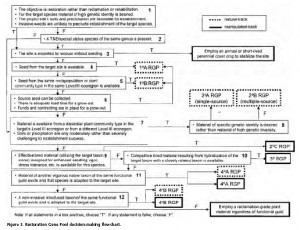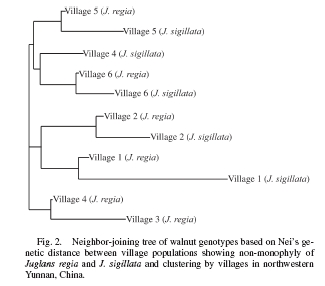The Drylands Coordination Group (DCG) is a network for capacity building through exchange of practical experience and appropriate knowledge on food security in the drylands of Africa.
And a huge amount of very detailed research they are doing too, in Mali, Eritrea, Sudan and Ethiopia. But one does have to wonder how much “exchange of practical experience” is really taking place. Take two reasonably recent reports from Ethiopia.
One, entitled “The Levels, Determinants and Coping Mechanisms of Food Insecure Households in Southern Ethiopia” (published Feb. 2009) makes no mention of diversity within crops at all. In fact, it even conflates crops, by measuring household economic status as the “average amount of wheat per person (all household production converted into wheat term).” Surely it makes a difference to the “levels, determinants and coping mechanisms of food insecure households” whether they are producing only one variety of wheat, several varieties of wheat, or both wheat and other cereals.
Compare that with another DCG study, entitled “Seed system impact on farmers’ income and crop biodiversity in the drylands of southern Tigray” (published Jan. 2009). This goes into great detail on the different varieties of each of the cereal crops in the study area.
Surely the two teams could have talked?


